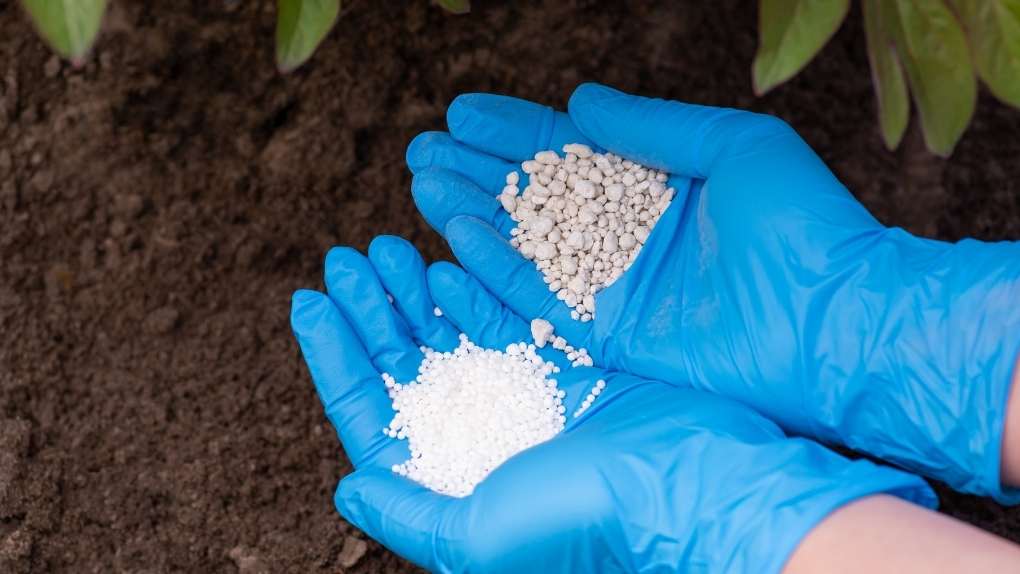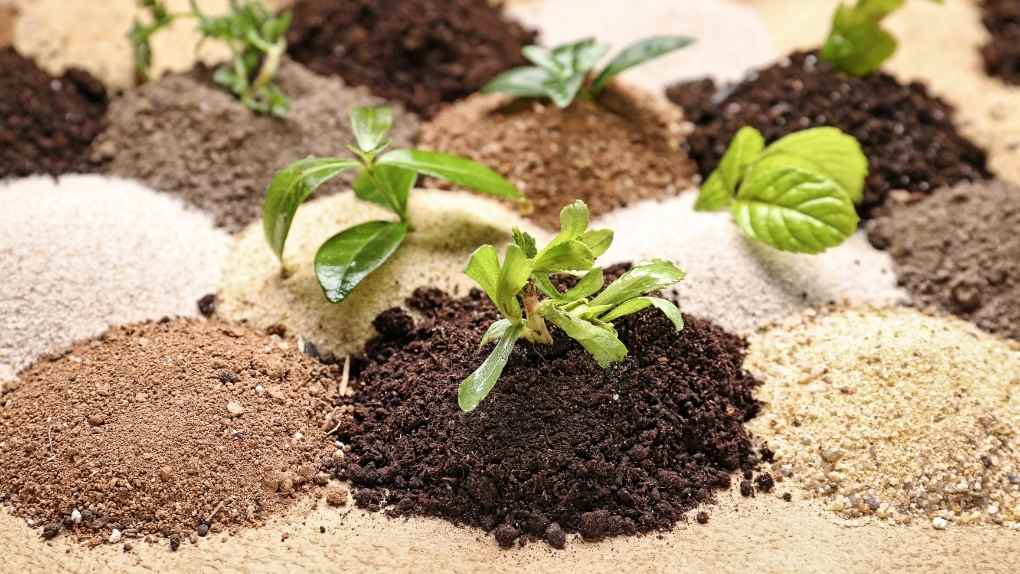Fertilizers play a crucial role in agriculture by providing essential nutrients that plants need to grow. There are different types of fertilizers designed to meet various plant and soil requirements. In this blog, we will explore the types of fertilizers, including their benefits and applications, as well as the importance of following the 4 Rs in fertilizer usage.
What Are the Types of Fertilizers?
When discussing types of fertilizers, it is essential to categorize them based on their composition and origin. Below are the most common classifications:
Chemical Fertilizers
- Made from synthetic compounds, these fertilizers are designed to deliver specific nutrients like nitrogen, phosphorus, and potassium (NPK).
- Types include:
- Nitrogen-based fertilizers
- Phosphorus-based fertilizers
- Potassium-based fertilizers
Organic Fertilizers
- Derived from natural sources such as plant or animal waste.
- Examples of types of organic fertilizers include:
- Compost
- Animal Manure
- Green Manure
- Humic Asic
- Peat
Natural Fertilizers
- These are raw materials that occur naturally, such as rock phosphate and gypsum.
- They are considered eco-friendly and support sustainable agriculture.
Liquid Fertilizers
- Supplied in liquid form, these fertilizers are easy to apply and offer quick nutrient absorption.
- Ideal for foliar application and hydroponic systems.
Granular Fertilizers
- Solid particles that are applied directly to the soil.
- Types include slow-release and quick-release option
Fertilizer Types Table
The table below summarizes the types of fertilizers used in agriculture and their common applications:
| Fertilizer Type | Composition | Application |
|---|---|---|
| Chemical Fertilizers | NPK blends | Boost specific nutrient levels quickly |
| Organic Fertilizers | Compost, manure | Improve soil structure and fertility |
| Natural Fertilizers | Rock phosphate, gypsum | Provide long-term nutrient release |
| Liquid Fertilizers | Concentrated liquid NPK | Quick absorption via foliar application |
| Granular Fertilizers | Coated or uncoated granules | Controlled release over time |
Types of Fertilizers for Plants
Choosing the best types of fertilizers depends on the specific needs of the plants and soil. For instance:
- Field Crops: Nitrogen-based chemical fertilizers are often used for staple crops like wheat, maize, and rice to boost yields.
- Orchards: Organic fertilizers such as compost and manure improve soil health and enhance the growth of fruit-bearing trees.
- Greenhouses: Liquid fertilizers are commonly used to provide precise nutrient delivery for vegetables and herbs grown in controlled environments.
- Legumes: Phosphorus-rich fertilizers promote root development and improve nitrogen fixation.

The 4 Rs of Fertilizer Usage
Effective and sustainable fertilizer use relies on the 4 Rs:
1. Right Source
Use the appropriate type of fertilizer for your plants and soil.
2. Right Rate
Apply the correct amount to avoid over-fertilization.
3.Right Time
Fertilize at the optimal growth stages of the plant.
4. Right Place
Ensure proper placement and application method, whether in the soil or as a foliar spray, to maximize absorption and minimize fertilizer loss.
By following these principles, you can achieve healthy plant growth while minimizing environmental impact.
Understanding the different types of fertilizers is essential for successful plant growth and sustainable agricultural practices. Whether you’re using types of natural fertilizers, types of organic fertilizers, or chemical options, always consider the 4 Rs for optimal results. For a quick reference, the fertilizer types table can guide you in selecting the best product for your needs.

